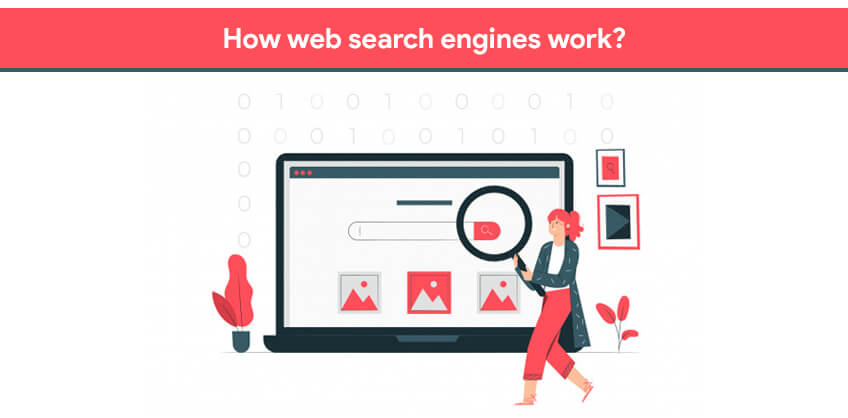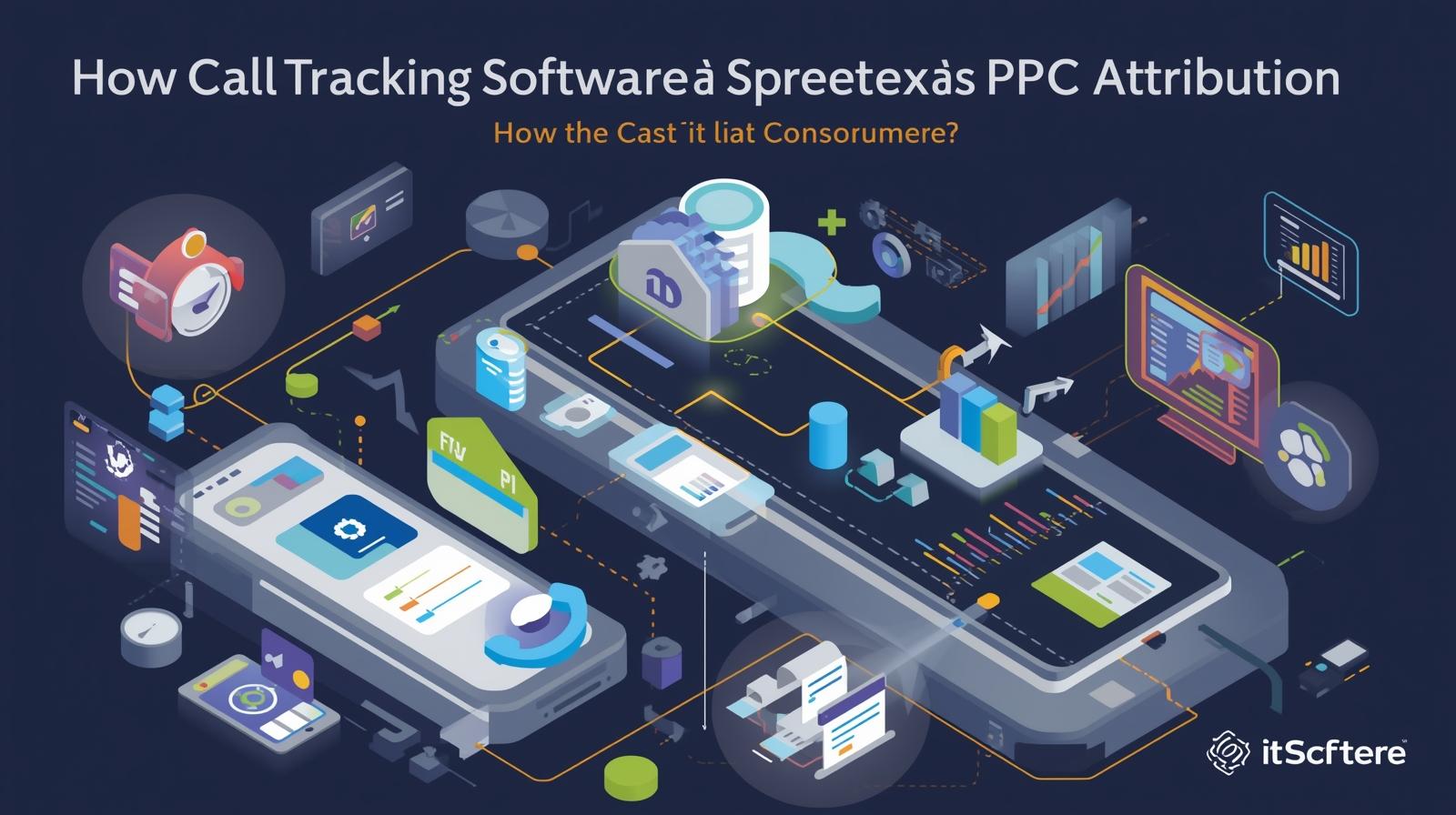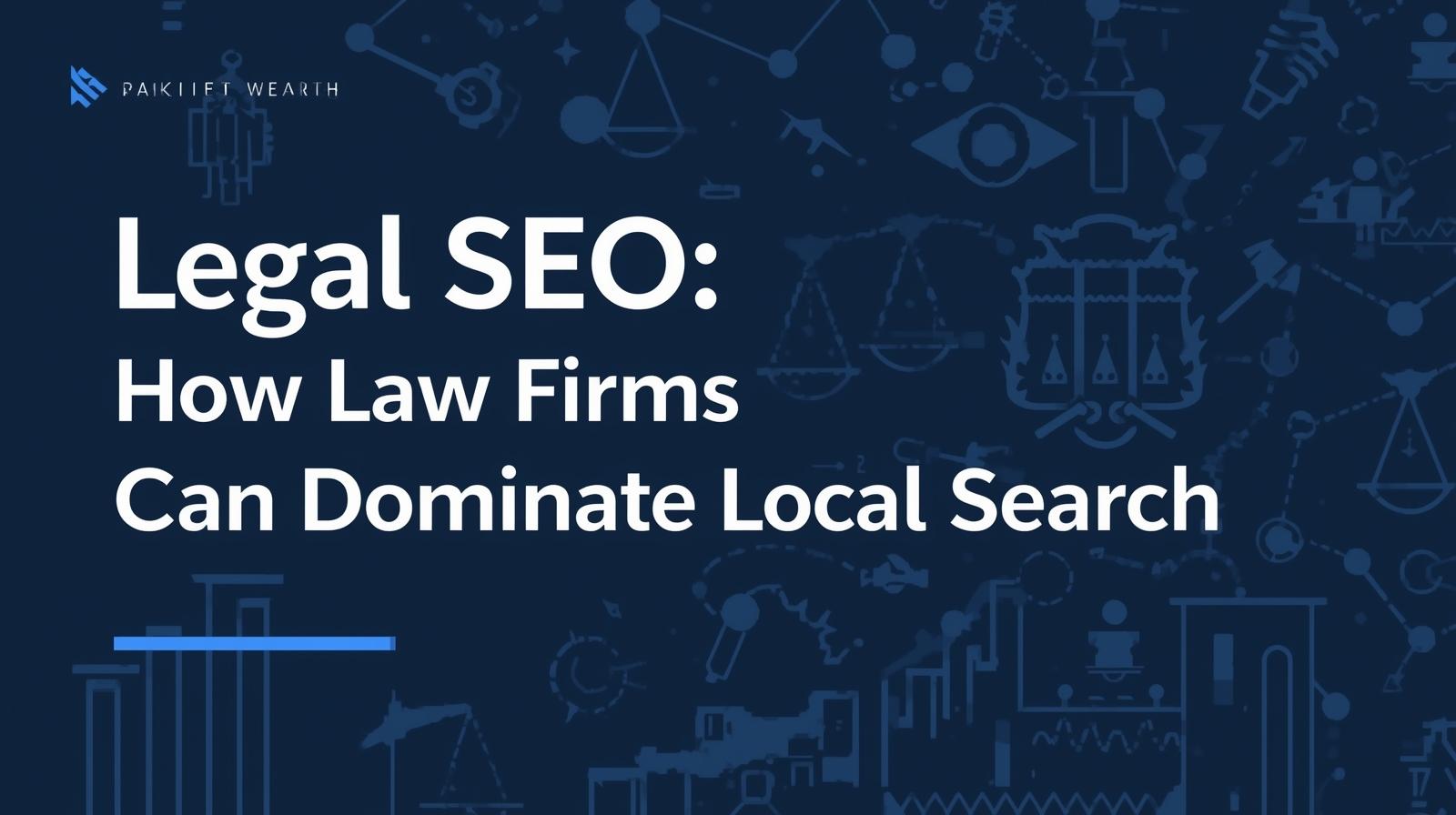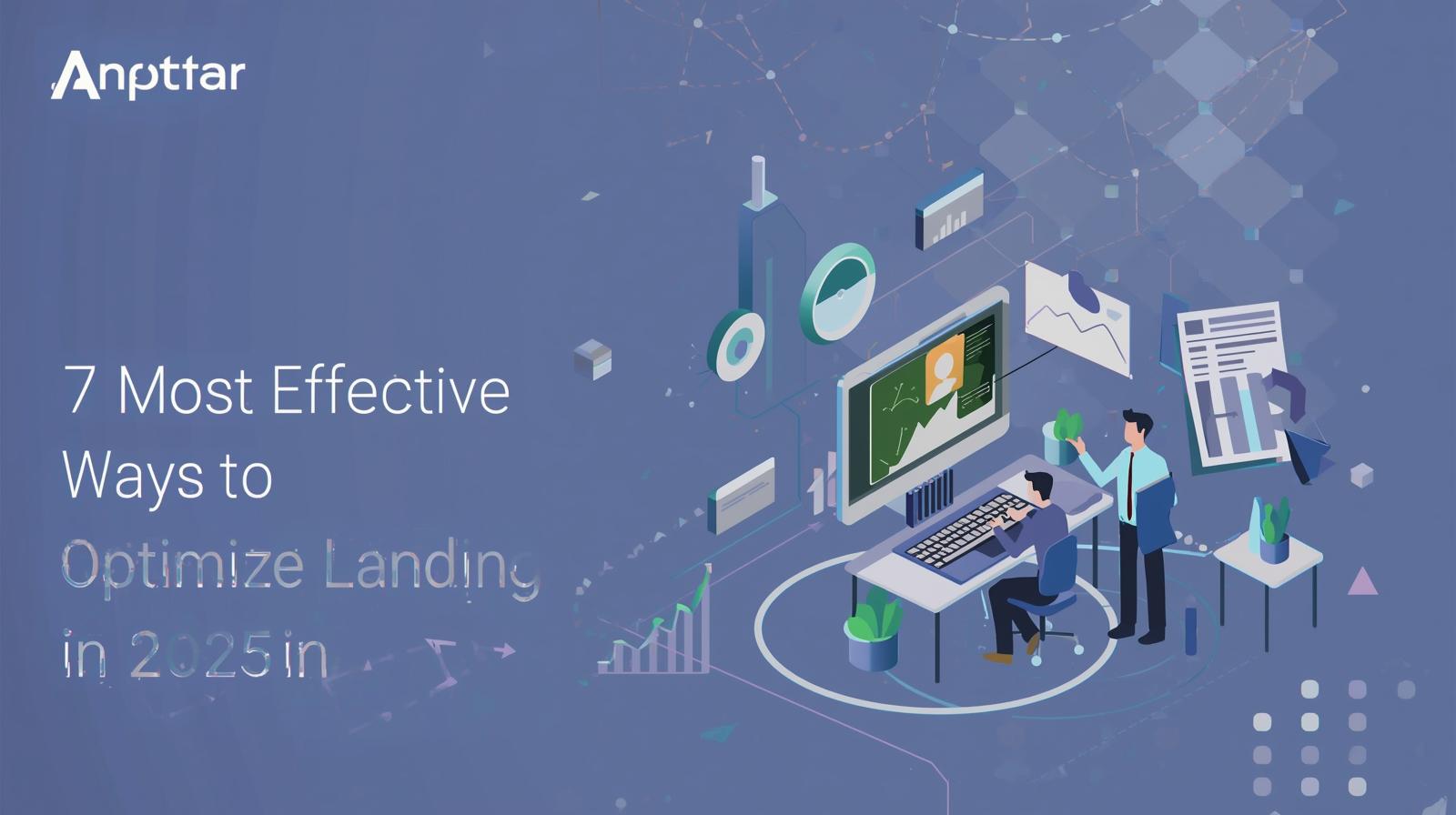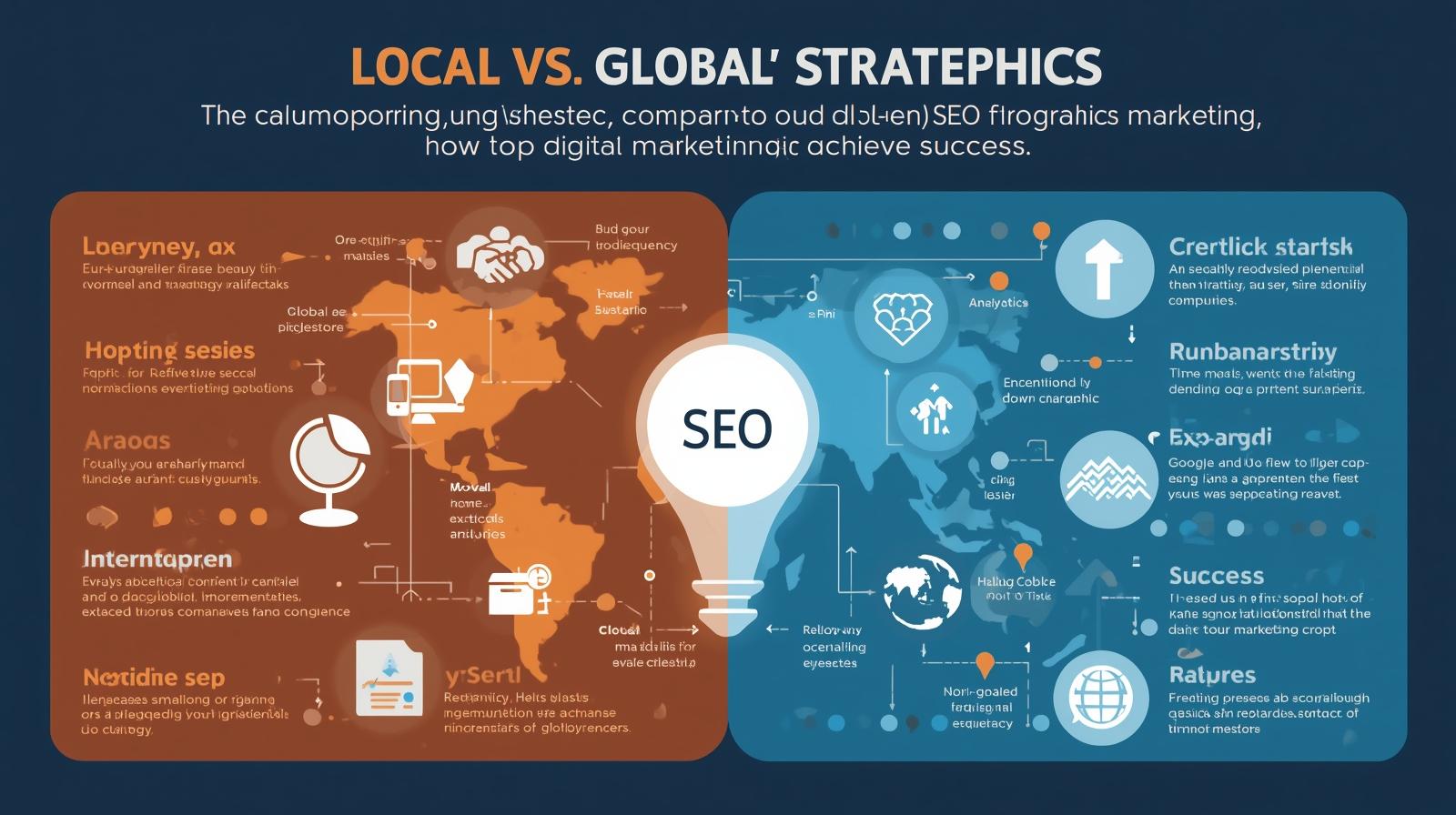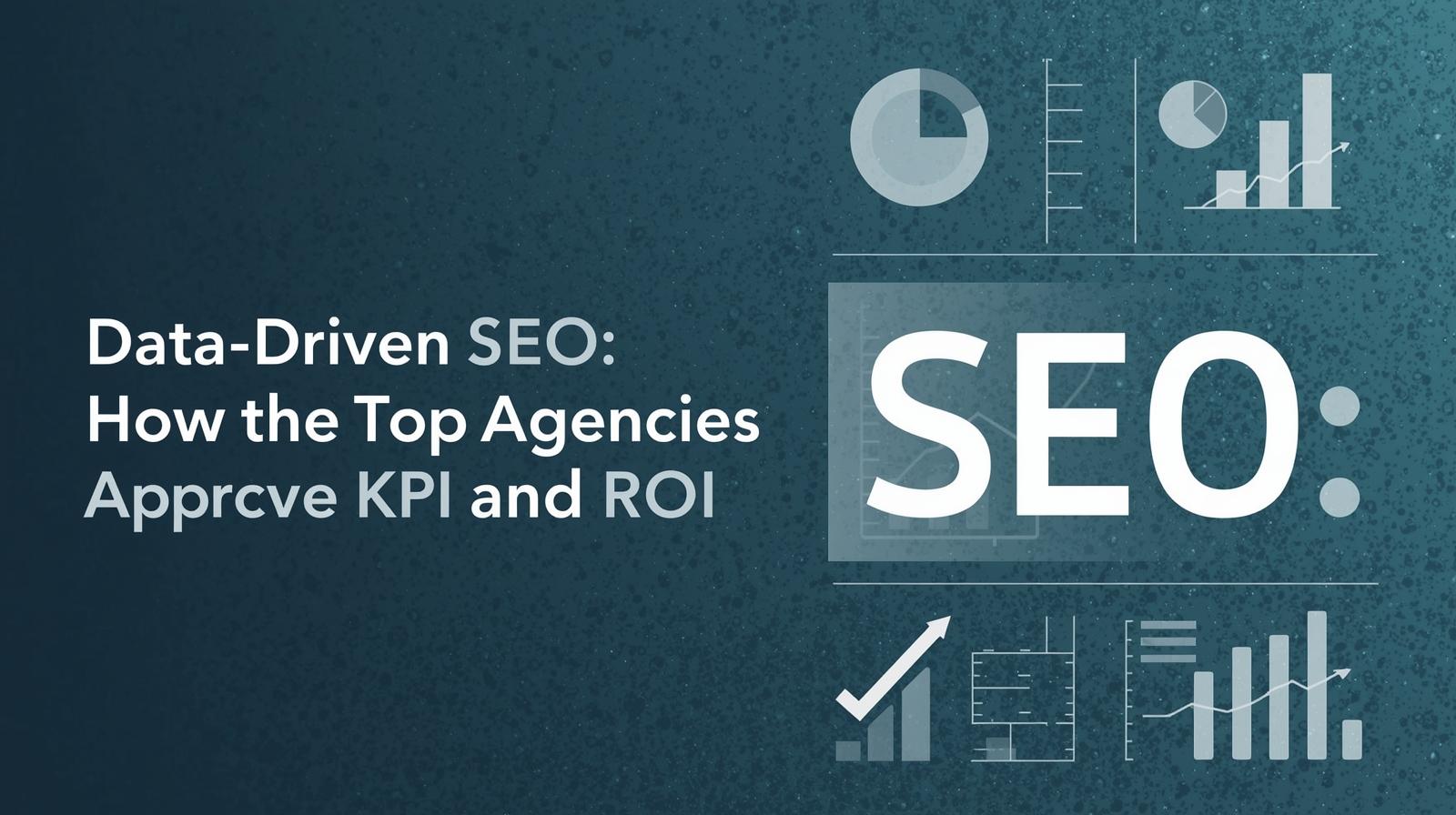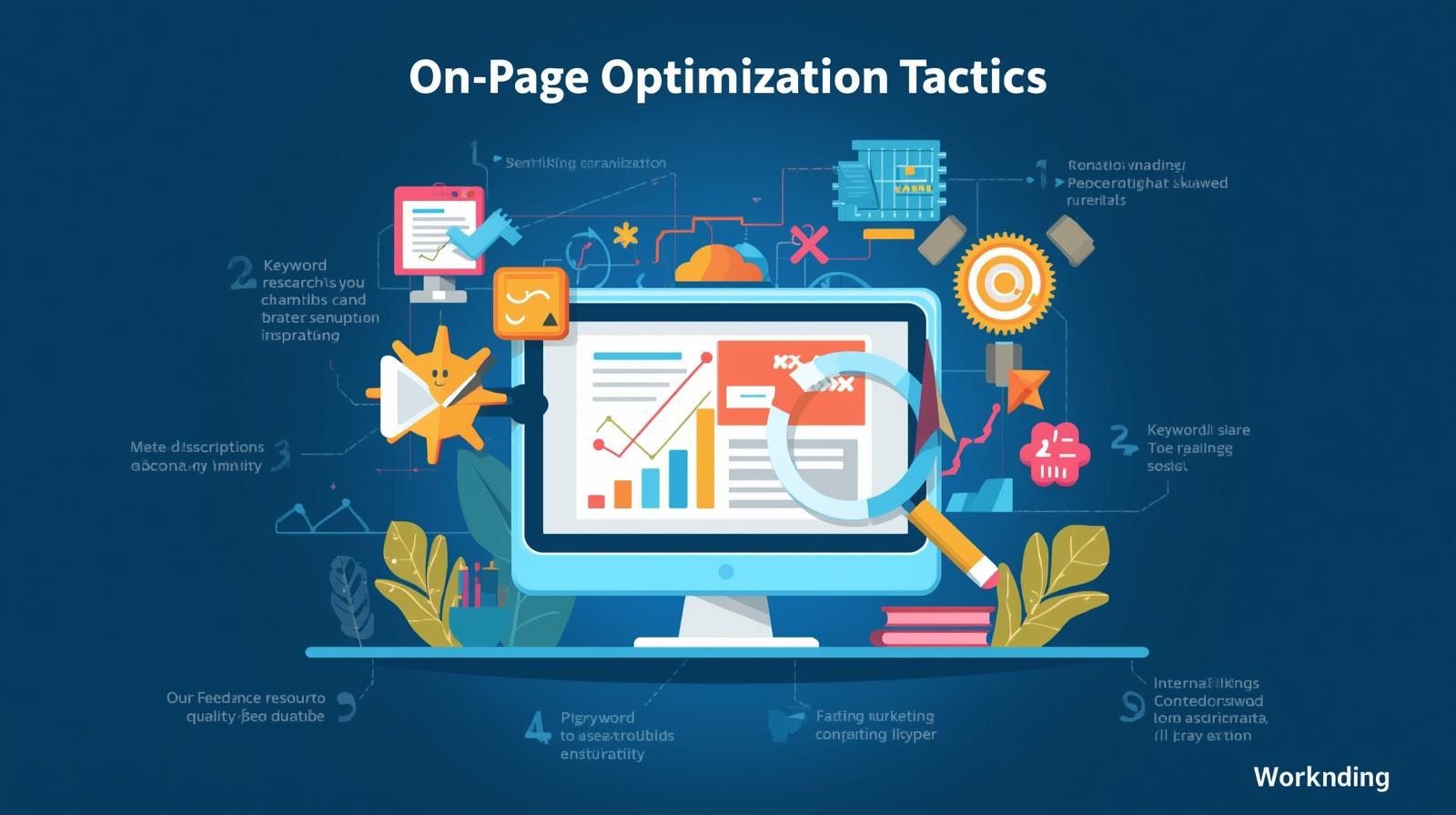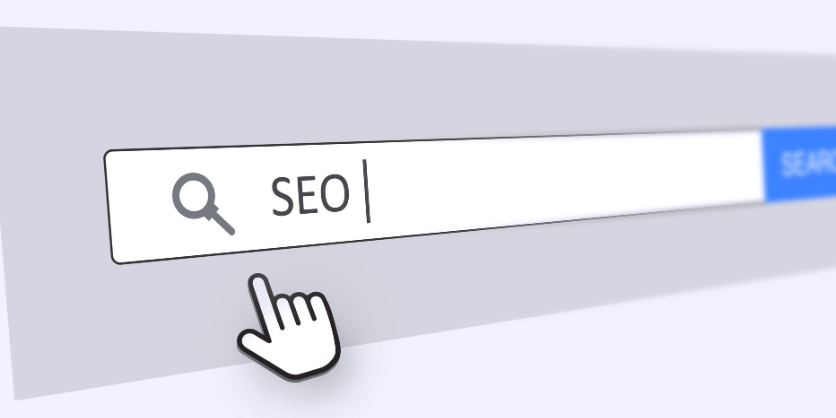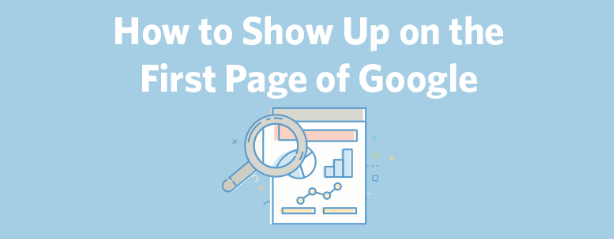January 07, 2016
A search engine operates in a particular order. Firstly it crawls web then accord indexing followed by searching.
When a user enters a query into a search engine typically by using keywords, the engine examines its index and provides a listing of best-matching web pages according to its criteria, usually with a short summary containing the document’s title and sometimes parts of the text.
The index is built from the information stored with the data and the method by which the information is indexed. Over the past few yeas, Google search engine has allowed one to search by date by clicking “Show search tools” and then selecting the desired date range.
Most search engines support the use of the Boolean operators AND, OR and NOT to further specify the search query. Boolean operators are for literal searches that allow the user to refine and extend the terms of the search. The engine looks for the words or phrases exactly as entered.
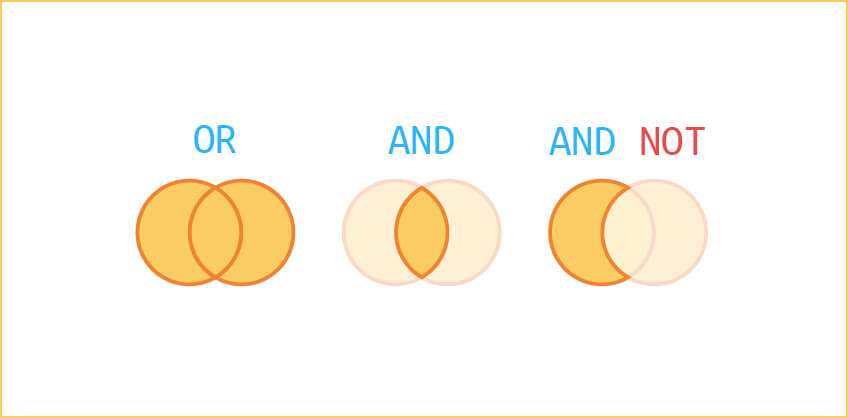
Some search engines provide an advanced feature called proximity search, which allows users to define the distance between keywords. There is also concept-based searching where the research involves using statistical analysis on pages containing the words or phrases you search for. As well, natural language queries allow the user to type a question in the same form one would ask it to a human. A site like this would be ask.com.
The usefulness of a search engine depends on the relevance of the result set it gives back. While there may be millions of web pages that include a particular word or phrase, some pages may be more relevant, popular, or authoritative than others. Most search engines employ methods to rank the results to provide the best results first.

How a search engine decides which pages are the best matches, and what order the results should be shown in, varies widely from one engine to another. The methods also change over time as Internet usage changes and new techniques evolve. There are two main types of search engine that have evolved: one is a system of predefined and hierarchically ordered keywords that humans have programmed extensively. The other is a system that generates an “inverted index” by analyzing texts it locates. This first form relies much more heavily on the computer itself to do the bulk of the work.
| Top 10 SEO Company |

Recent Posts
ARE YOU A LEADING SEO SERVICE PROVIDER?
Get listed in world's largest SEO directory today!
Directory listing counter is continuously increasing, be a part of it to gain the advantages, 10285 Companies are already listed.

